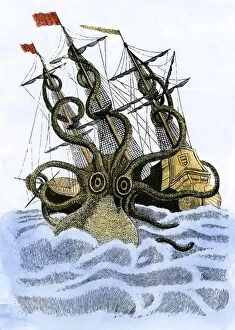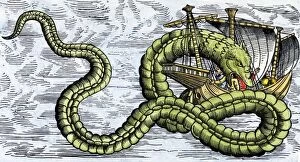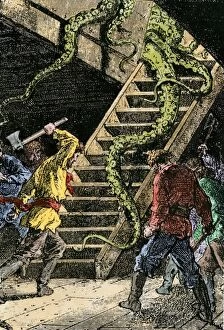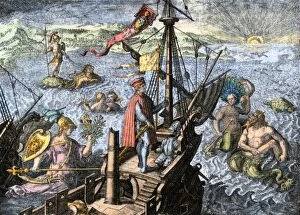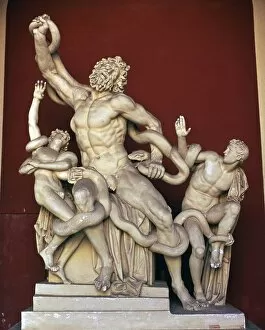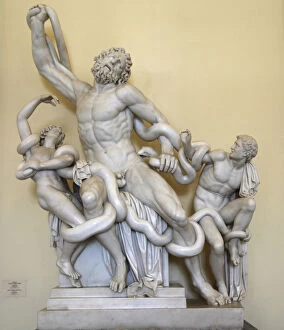Sea Serpent Collection (#2)
"Unveiling the Enigmatic Sea Serpent: From Mythology to Political Satire" In the realm of historical art and literature
All Professionally Made to Order for Quick Shipping
"Unveiling the Enigmatic Sea Serpent: From Mythology to Political Satire" In the realm of historical art and literature, the sea serpent has long captivated human imagination with its mysterious allure. From ancient myths to political cartoons, this captivating creature has left an indelible mark on our collective consciousness. One such depiction takes us back to 1828 when President Andrew Jackson was determined to dismantle the powerful Bank of the United States. In a lithograph cartoon, he is portrayed as a fearless hero slaying the monstrous sea serpent that symbolizes his battle against financial tyranny. Traveling further back in time, we encounter Cornelis de Jode's 1593 map showcasing Western North America and its fabled province of Quivira in California. Amidst European sailing ships traversing uncharted waters, two fearsome sea monsters emerge from the depths, reminding sailors of their vulnerability in these treacherous seas. Moving across continents and centuries, we stumble upon Jonah's biblical tale being cast forth by a mighty whale. This wood engraving from 19th-century America captures both Jonah's struggle for survival and mankind's eternal fascination with creatures lurking beneath oceanic realms. Even renowned literary works like John Milton's Paradise Lost feature reptilian beings spawning abundantly within their mythical landscapes. These vivid descriptions evoke awe and wonder at nature's diverse creations while hinting at deeper symbolic meanings embedded within these serpentine figures. Artistic interpretations also take shape through sculptures like Laocoon Group—a masterpiece dating back to early Restoration era—where a writhing sea serpent entwines itself around Laocoon and his sons, portraying their tragic fate as they fall victim to divine punishment. Japanese folklore introduces Susano-o no Mikoto Killing the Eight-headed Dragon—an exquisite color woodblock print depicting bravery amidst chaos as this legendary deity triumphs over a formidable aquatic adversary. The intricate details highlight cultural beliefs surrounding mythical beasts and their significance in ancient tales.

